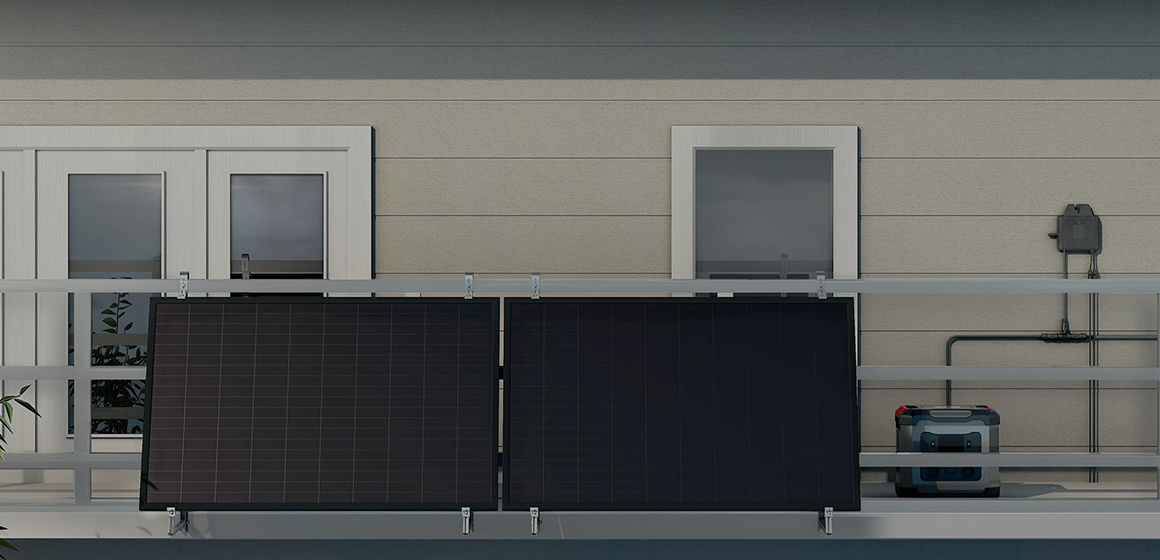As the world increasingly turns to renewable energy sources, solar power manufacturing stands at the forefront of this transformation. Innovations in technology and processes are not only enhancing efficiency but also making solar energy more accessible and affordable for consumers globally.

Understanding Solar Power Manufacturing
What exactly does solar power manufacturing entail? At its core, it involves the production of solar panels and related components that convert sunlight into electricity. This process includes several stages, from the extraction of raw materials to the assembly of photovoltaic (PV) cells. Each stage plays a crucial role in determining the overall efficiency and sustainability of solar energy systems.
Key Innovations in Solar Power Manufacturing
- Advanced Materials: The development of new materials, such as perovskite solar cells, promises to significantly increase the efficiency of solar panels. These materials can potentially outperform traditional silicon-based cells.
- Automation and Robotics: The integration of automation in manufacturing processes enhances precision and reduces production costs. Robotics can streamline assembly lines, leading to faster and more efficient production.
- Recycling Technologies: As the solar industry matures, the need for sustainable practices becomes paramount. Innovations in recycling technologies allow manufacturers to reclaim valuable materials from old solar panels, reducing waste and environmental impact.
The Role of Research and Development
Research and development (R&D) are vital in driving the future of solar power manufacturing. By investing in R&D, companies can explore new technologies and improve existing processes. For instance, ongoing studies into bifacial solar panels, which capture sunlight from both sides, could lead to higher energy yields. How can manufacturers leverage these advancements to stay competitive in a rapidly evolving market?
Challenges Facing Solar Power Manufacturing
Despite the promising innovations, solar power manufacturing faces several challenges. Supply chain disruptions, fluctuating raw material costs, and regulatory hurdles can impede progress. Additionally, the industry must address the environmental impact of manufacturing processes. By adopting sustainable practices and focusing on circular economy principles, manufacturers can mitigate these challenges.
The Future Outlook
Looking ahead, the future of solar power manufacturing appears bright. As technology continues to evolve, we can expect to see even greater efficiencies and cost reductions. The global push for clean energy solutions will likely accelerate investments in solar technologies. For those interested in exploring more about the advancements in solar power, resources such as  provide valuable insights.
provide valuable insights.
In conclusion, the landscape of solar power manufacturing is rapidly changing, driven by innovation and a commitment to sustainability. By embracing these advancements, the industry can not only meet the growing demand for renewable energy but also contribute to a more sustainable future for all.








